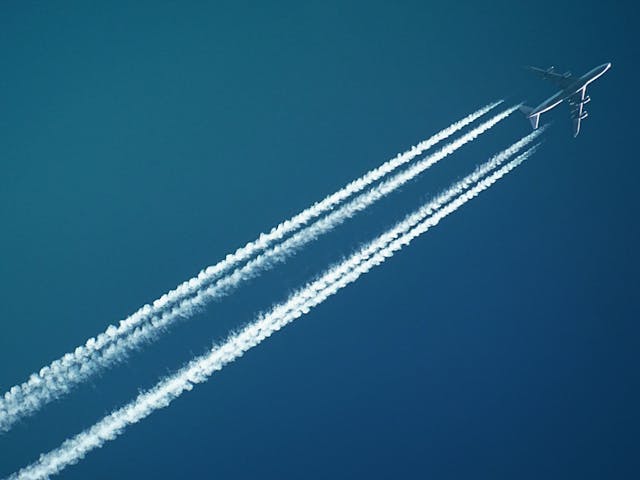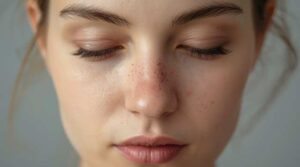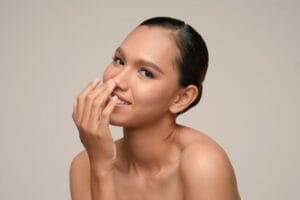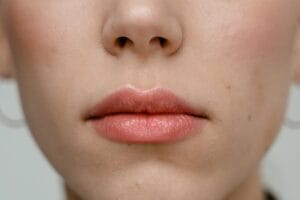What Not to Do After Rhinoplasty
Featured answer: What not to do after rhinoplasty: avoid pressure on the nose (glasses, masks), strenuous activity, heavy lifting, nose blowing, hot showers, smoking/nicotine, alcohol, and blood‑thinning meds. Sleep elevated on your back, keep the splint dry, control swelling with cold compresses on the cheeks—not the nose—and follow every post‑op instruction and visit.
Most people focus on what to do after rhinoplasty; the truth is that results are often protected by what you don’t do. Put simply, this guide spells out what not to do after rhinoplasty so you can protect the shape you paid for. Meanwhile, early swelling, fragile tissues, and tiny sutures make your nose vulnerable to pressure and spikes in blood flow. Additionally, the guidance below is organized by timeline so you know what to avoid—and why it matters.
The first 72 hours: what not to do after rhinoplasty
In these first days, your goals are simple: keep swelling down, protect the splint, and prevent bleeding. Think “calm circulation and zero pressure.”
Don’t lie flat or sleep on your side
Sleeping flat increases facial blood flow and swelling. Instead, use 2–3 pillows or a wedge and sleep on your back. Additionally, a travel pillow can keep you from rolling.
Pro tip: Stack towels under your pillow to fine‑tune height without neck strain.
Don’t put cold packs on your nose
Cool compresses help swelling; however, place them on the cheeks and upper face—not directly on the nose or splint, which can shift.
Don’t take hot showers or sit in steam
Heat dilates blood vessels and can trigger a bleed under the splint. Therefore, keep water lukewarm and the face dry.
Don’t blow your nose or sniff forcefully
Pressure can disrupt delicate internal sutures. If you must sneeze, open your mouth to reduce nasal pressure; otherwise, you risk a bleed.
Don’t lift, bend, or strain
Even normal tasks like carrying laundry can spike blood pressure. As a result, keep lifting under 5–10 lb and avoid bending at the waist.
What Not To Do After Rhinoplasty: Don’t wear glasses on the bridge
Frames can imprint or shift cartilage. Instead, if necessary, tape them to your forehead or use frame‑suspension devices until cleared.
Week 1–2: what not to do after rhinoplasty as tissues set
Once the splint comes off, tissues are still moldable. Consequently, micro‑decisions now prevent dents, asymmetries, and prolonged swelling.
Still avoid strenuous exercise
Light walking is fine; however, skip cardio, strength training, yoga inversions, and sports with jarring movement. That said, many surgeons allow a gentle stationary bike without elevating heart rate significantly. Finally, confirm with your surgeon.
Don’t return to contact or ball sports
Soccer, basketball, and similar sports are a hard no. Even so, even a casual bump can set healing back weeks.
Don’t resume makeup over incisions too early
Topicals can irritate. Therefore, wait until incisions are sealed and you’re cleared. Meanwhile, mineral makeup is usually gentler once allowed.
Glasses and masks: Avoid weight on the bridge. Consider nasal‑bridge protectors for necessary mask wear, and use forehead taping for glasses until your provider says the bridge can tolerate pressure.
Week 3–6: what not to do after rhinoplasty when resuming life
Swelling is improving, but cartilage and bone are still remodeling. Consequently, this is where many patients overdo it.
Don’t sprint back to the gym
Gradually ramp activity. For example, try a 3‑phase return: weeks 3–4 light cardio; week 5 moderate cardio and light weights; week 6 consider prior routine if cleared. Otherwise, stop with any throbbing or facial pressure.
What Not To Do After Rhinoplasty: Don’t skip sun protection
UV exposure can worsen swelling and discolor scars. Accordingly, use a broad‑spectrum SPF 30+, hat, and avoid peak midday sun.
Don’t assume swelling equals “bad result”
Tip swelling can linger for months—especially with thick skin. Instead, use your surgeon’s taping or massage protocol if prescribed; and avoid DIY techniques.
Months 3–12: what not to do after rhinoplasty long‑term
Edema continues to settle and final definition emerges. Nevertheless, the don’ts are fewer, but consistency still matters.
- Don’t stop follow‑ups: In fact, small adjustments to taping or skincare can meaningfully improve refinements.
- Don’t start contact sports without face protection: Instead, consider protective masks if you return to play.
- Don’t ignore gradual changes: Therefore, photograph monthly in consistent lighting; then share with your surgeon to track progress.
Medications and substances to avoid
Blood‑thinning medications: what not to do after rhinoplasty
Unless your physician instructs otherwise, avoid non‑prescribed aspirin, ibuprofen, naproxen, and certain supplements (e.g., fish oil, high‑dose vitamin E, ginkgo) before you’re cleared, as they can increase bleeding risk. Moreover, always check labels for combination products.
What Not To Do After Rhinoplasty: Nicotine and vaping
Nicotine constricts blood vessels and slows healing. Accordingly, avoid smoking, vaping, and nicotine replacement unless coordinated with your physician.
Alcohol
Alcohol can increase swelling, impair sleep quality, and interact with pain medications. Therefore, wait until your surgeon green‑lights it.
Herbals that may interfere
High‑dose garlic, ginseng, and St. John’s wort can interact with medications or affect bleeding. Additionally, disclose all supplements at each visit.
Lifestyle choices that slow healing
Skipping hydration and protein
Aim for protein with each meal and steady hydration. Likewise, soft, low‑sodium foods reduce fluid retention—think yogurt, eggs, smoothies, poached chicken, blended soups.
What Not To Do After Rhinoplasty: Neglecting nasal hygiene
Use saline sprays as directed. In addition, apply prescribed ointments gently with cotton swabs to the incision line if instructed, avoiding internal pressure.
Wearing tight clothing over the face
Zip‑front tops are easier than pullovers that may bump the nose. When in doubt, choose looser necklines; otherwise, you risk accidental contact.
Returning to work too soon
Some people feel fine in a few days, others need longer—especially for public‑facing jobs. If possible, stage a gradual return: remote work first, then in‑person with breaks; meanwhile, plan for short walking intervals.
When to call your surgeon:
- Sudden increase in swelling on one side
- Persistent bleeding or bright‑red drainage
- Fever, chills, or worsening pain
- Splint shifts or new pressure marks
What Not To Do After Rhinoplasty: FAQs
When can I blow my nose?
Many surgeons recommend waiting 2–3 weeks, then gentle clearing only if approved. Meanwhile, saline and humidification help until then.
When can I wear glasses normally?
It varies. For example, some allow bridge contact by 4–6 weeks; others prefer longer—especially after bony work. Therefore, ask before resuming.
How long does swelling last?
Noticeable swelling declines in 2–6 weeks; subtle tip changes can evolve for 6–12 months. However, thick skin often takes longer.













